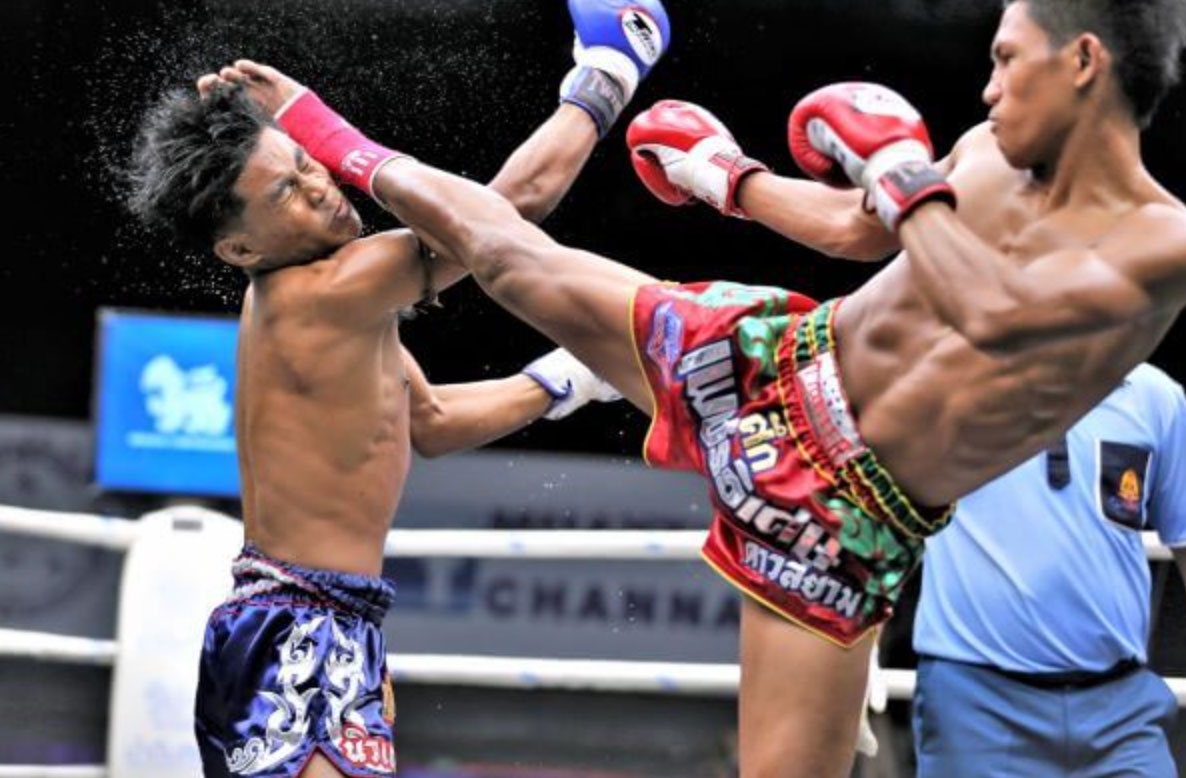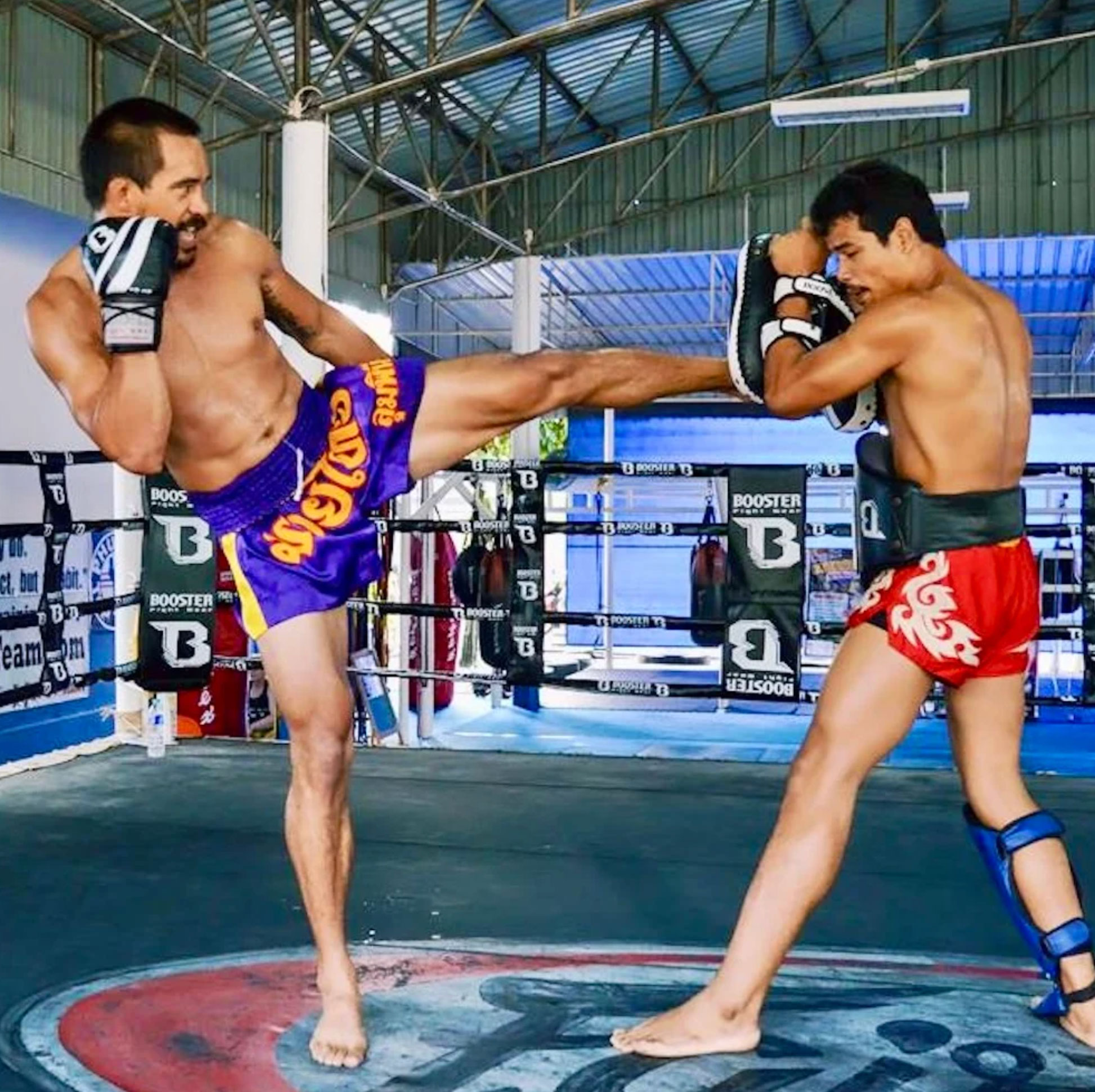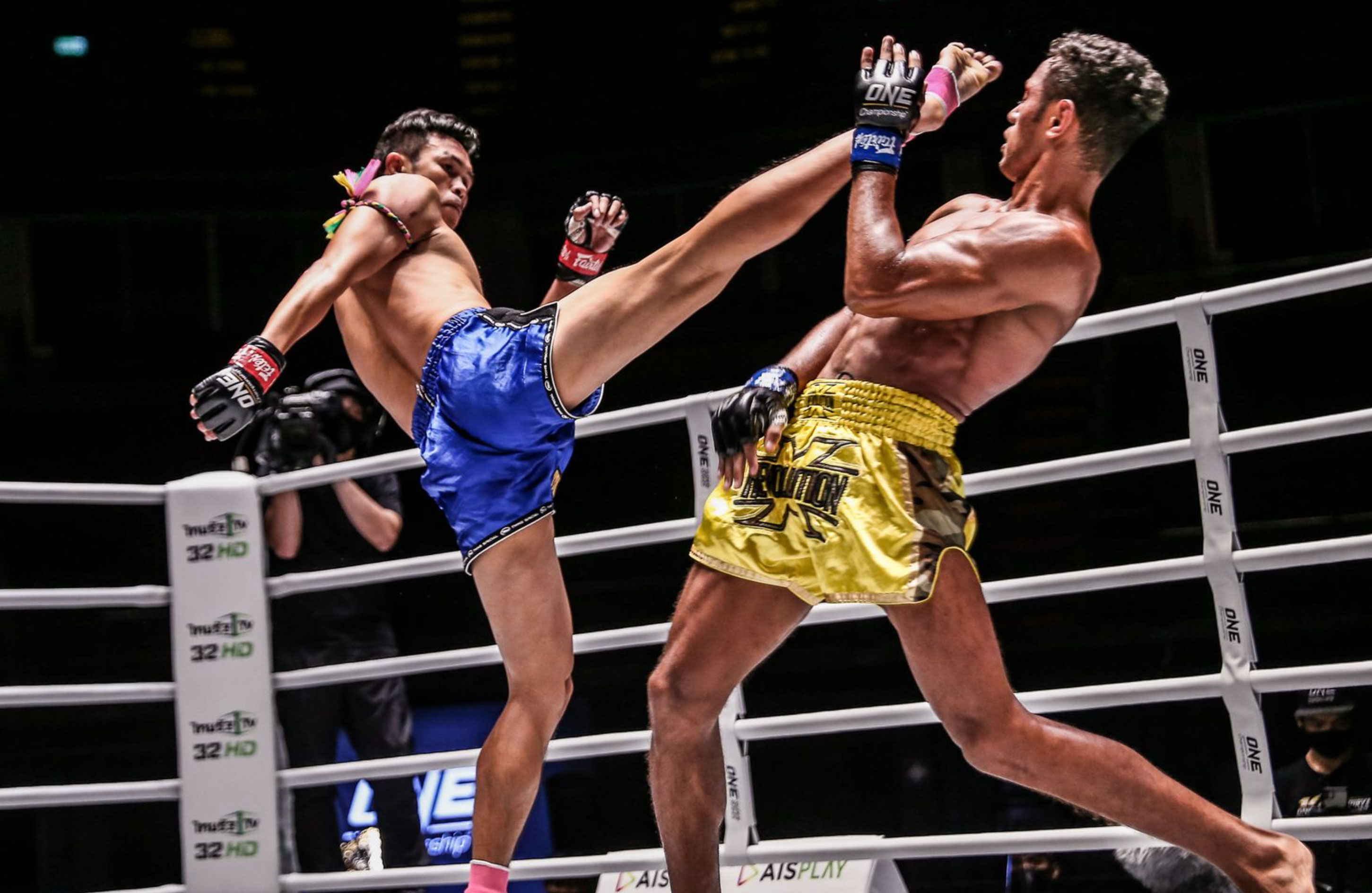Thai boxing, also known as Muay Thai, is a combat sport that originated in Thailand. It is known for its powerful strikes using fists, elbows, knees, and shins. Understanding Thai boxing rules is essential for fighters, trainers, and fans alike. These rules ensure fair play, safety, and structure in both amateur and professional competitions. In this article, we’ll break down the core Thai boxing rules, from legal techniques to scoring criteria, to give you a comprehensive overview of the sport.
The Basics of Thai Boxing Rules

Thai boxing rules are established to govern both amateur and professional matches. These rules dictate everything from fight duration to allowed techniques. Matches typically consist of five rounds, each lasting three minutes, with two-minute rest intervals between rounds. Fighters must wear standard Muay Thai shorts, hand wraps, gloves, and mouthguards. Adhering to these basic Thai boxing rules ensures uniformity and fairness in every bout.
Legal Strikes and Techniques

One of the most defining aspects of Thai boxing rules is the use of all eight limbs: fists, elbows, knees, and shins. Legal strikes can be delivered using any of these body parts. Fighters are allowed to clinch, which provides strategic opportunities to land knee strikes or off-balance an opponent. Elbows are legal and commonly used to cut and disrupt the opponent’s rhythm. These techniques distinguish Muay Thai from western boxing and make understanding the rules even more essential.
Illegal Moves and Fouls

Thai boxing rules clearly outline illegal maneuvers that can lead to point deductions or disqualification. These include headbutting, striking the groin, biting, eye-gouging, and attacking a downed opponent. Holding the ropes, turning your back intentionally, or excessive stalling can also result in penalties. Respecting these rules is crucial for fighter safety and maintaining the sport’s integrity.
Scoring and Judging in Muay Thai

Scoring in Muay Thai is based on effectiveness, control, and technique rather than volume of strikes. Judges look for clean, powerful strikes that visibly impact the opponent. Clinch control, balance, and defense are also considered. Each round is scored individually, and the fighter with the most rounds won is declared the victor. Understanding how judges interpret Thai boxing rules helps fighters plan effective strategies.
Protective Gear Requirements

Thai boxing rules require fighters to wear specific protective equipment to minimize injury. This includes gloves (usually 8-10 oz depending on weight class), a mouthguard, groin protector, and in amateur bouts, often a head guard and shin pads. These regulations are strictly enforced before the match during pre-fight checks. Wearing the right protective gear ensures both safety and compliance with official Thai boxing rules.
Ring and Match Officials Roles

The role of referees and judges is an integral part of ensuring Thai boxing rules are upheld. The referee controls the bout, ensuring fighters obey commands and stopping the match when necessary. Judges sit ringside to score each round while officials oversee weigh-ins and medical checks. These match officials are trained to enforce Thai boxing rules for fairness and safety.
Weight Classes and Matchmaking

Thai boxing rules define weight classes to fairly match opponents and reduce injury risk. Fighters must weigh in prior to their match to ensure they fall within their designated weight category. Matchmaking often considers experience level, skill, and weight to ensure competitive balance. Maintaining adherence to proper weight categories is a foundational Thai boxing rule during fight promotion.
Training and Rule Compliance

Understanding Thai boxing rules doesn’t stop at the ring—it starts during training. Coaches incorporate legal techniques, foul avoidance, and ring conduct into every training session. Awareness and application of these rules help fighters develop discipline and readiness for competition. Rule compliance is a central aspect of fighter development in traditional Muay Thai camps.
Thai boxing rules are the backbone of what makes Muay Thai a respected and disciplined martial art. From legal striking techniques to detailed scoring criteria and strict safety measures, these rules ensure fair and thrilling competition. Whether you're training to fight, coaching, or simply enjoying the sport, a solid grasp of Thai boxing rules enhances the experience and deepens your appreciation for this powerful art form.


